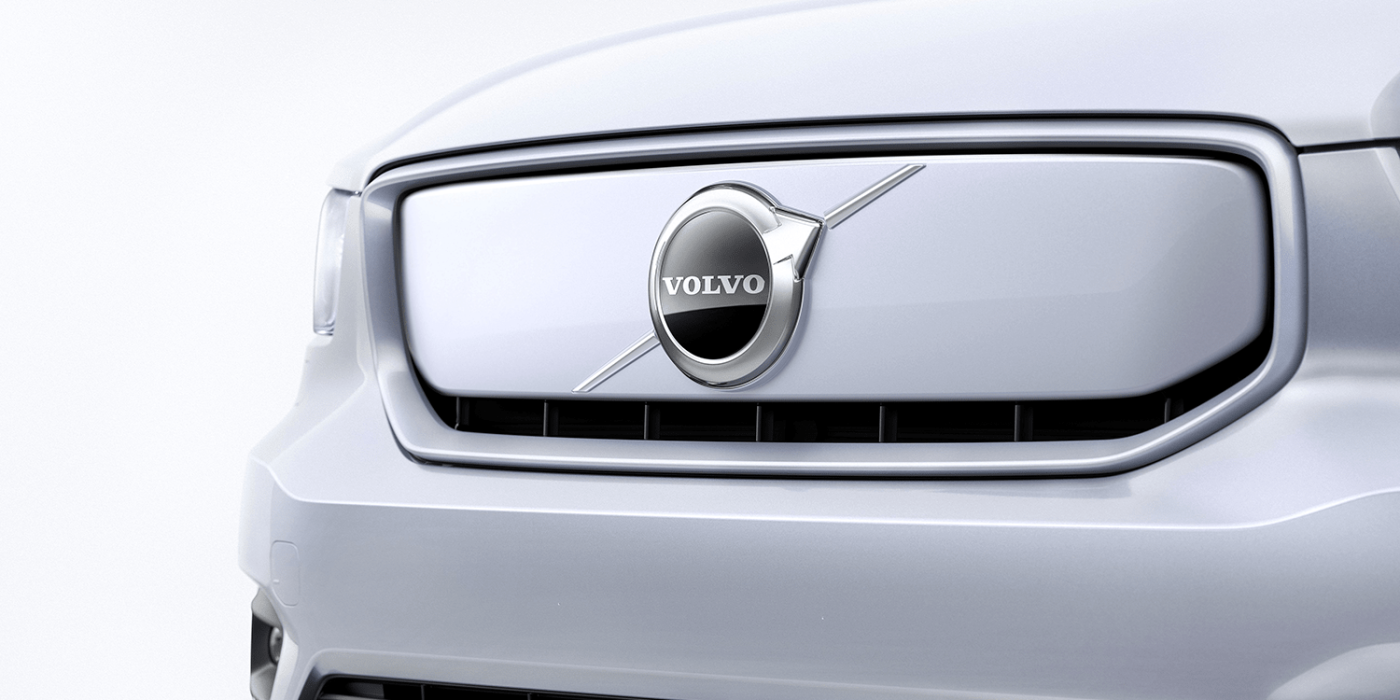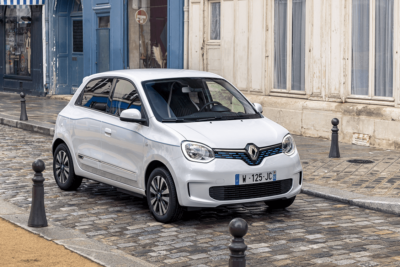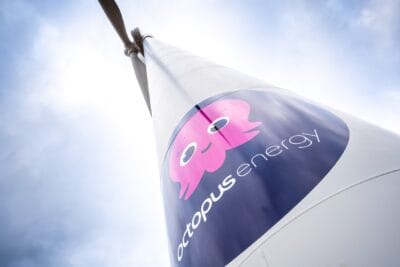Volvo and Polestar developing compact SUV – with different platforms
Volvo and Polestar are each working on an all-electric compact SUV, according to a British media report. However, according to the report, these will not be based on the same platform, but will each be independent. However, questions remain.
As the British magazine Autocar reports, Volvo’s compact electric vehicle is to be positioned in the style of a Mercedes-Benz EQA and DS 3 Crossback E-Tense as a new entry-level model below the XC40 Recharge. This will be the first Volvo model to be based on Geely’s SEA platform, which debuted in the Zeekr 001. Autocar does not name any sources for this, but this move is considered very likely, not least, because Volvo CEO Håkan Samuelsson himself suggested this in an interview in 2020.
The SEA or ‘Sustainable Experience Architecture’ is supposed to be able to cover the range from the A to the E segment, even light commercial vehicles are supposed to be possible on the basis of the platform. The platform is not only to be used by Geely’s own brands, but also offered to third-party customers.
Originally, Volvo’s electric compact SUV was to be called XC20, but according to Autocar it will be given a “real” name – like the electric successor to the large SUV model XC90, which is to be called Embla. Autocar does not give any details about the technology of the small Volvo SUV, but it does about the body: it will not be as angular as an XC60 or XC90, but will have “a streamlined silhouette to maximise efficiency”.
Polestar’s compact SUV is due in 2023 and will be sized between the Polestar 2 and Polestar 3. The manufacturer recently presented a prototype of the Polestar 3, as well as a preview of the Polestar 5.
Autocar has learned that the second electric SUV after the Polestar 3 will be flatter than the Polestar 3 and will have a more curved roofline. “Its size and positioning (Polestar has hinted at a price of around £41,000) suggest it will be closely related to Volvo’s existing C40 Recharge and, as such, could use the same CMA architecture as that car and its 2 stablemate,” the report states. This would mean that, like the Polestar 2, the SUV will be built on the CMA platform, and will probably also adopt the familiar powertrain.
These data do not match what Polestar has communicated so far for its model line-up. The gap between the Polestar 3 and Polestar 5, which have already been shown as prototypes, is to be filled by the Polestar 4 as a “premium sports SUV” in 2023. However, the range of “600+ kilometres” stated there would only be possible with the CMA platform with a battery upgrade – the Polestar 2 sedan can travel up to 540 kilometres according to the WLTP standard, and with a less aerodynamic SUV the range will be lower rather than higher with the same battery. In addition, according to the company, the Polestar 4 will be priced at the same level as a Porsche Macan – the latter is available from just under 64,000 euros, but the report assumes a price of only around 48,000 euros.





1 Comment